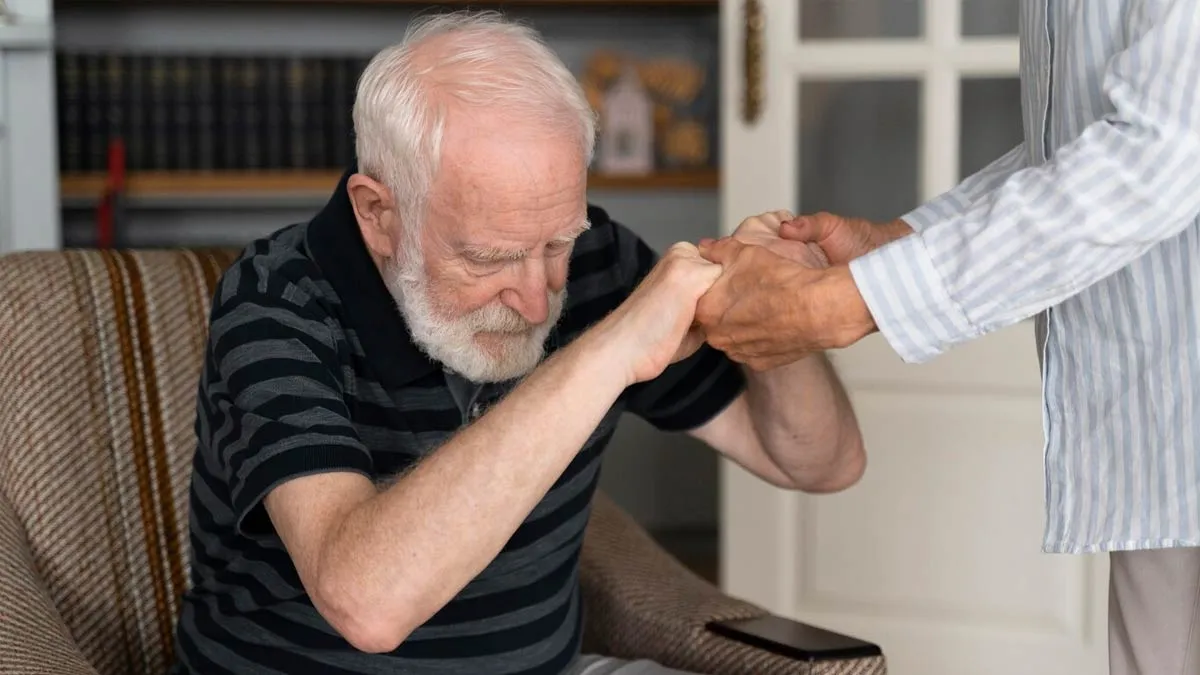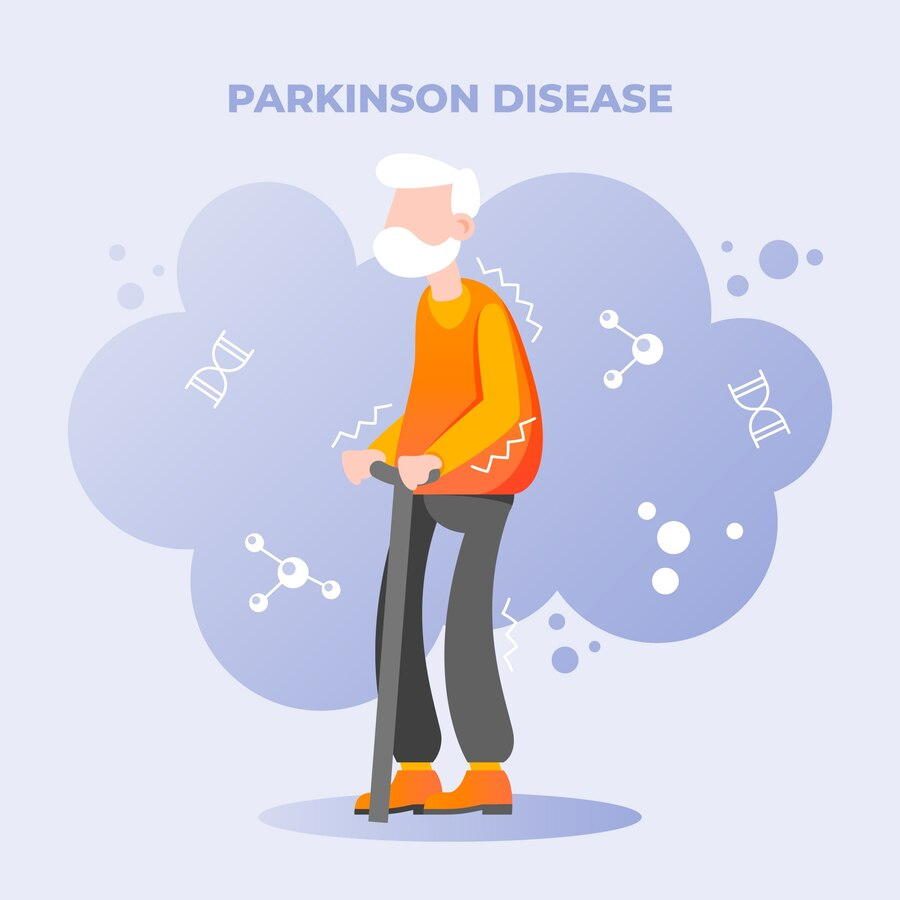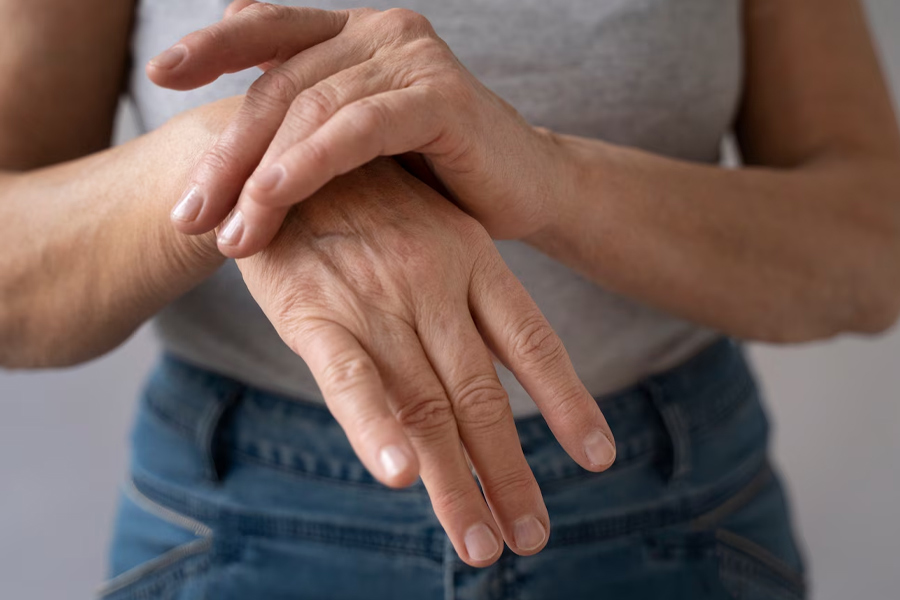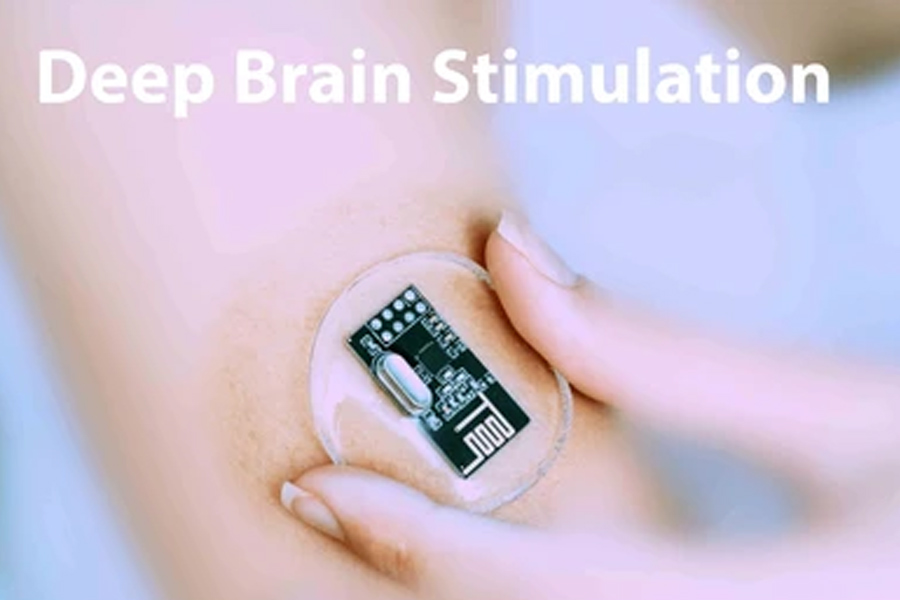
Have you ever wondered how Parkinson's disease progresses over time? It’s not something most of us think about until it touches someone we love, or even ourselves. On this World Parkinson’s Day, it’s crucial to understand that Parkinson’s isn’t just about shaky hands or slow movement. It’s a progressive condition that changes with time, and knowing what to expect at each stage can make a huge difference.
Table of Content:-
World Parkinson’s Day is observed to raise awareness among patients and caregivers and help them to know the disease more deeply. It is observed on the 11th of April every year, in celebration of the birthday of Dr Parkinson, who was the first to identify the disease.

The National Institute of Neurological Disorders and Stroke (NINDS) defines Parkinson's disease as a progressive neurological disorder that affects movement. This condition leads to the deterioration and death of nerve cells (neurons) in some brain areas, resulting in various symptoms, such as movement difficulties, tremors, stiffness, and balance issues. As the disease advances, individuals with Parkinson’s may struggle with walking, speaking, or performing everyday activities.
“The average age of onset of Parkinson's is around 60 years, though it may occur earlier, below 50 years of age. At first, it manifests as a slowing of movement, shaking of limbs, and postural instability. This gradually progresses to the stiffness of the body, rigidity, and ultimately making the patient bed-bound. In complicated cases, signs like sleep disturbances, cognitive impairment, difficulty in swallowing, along with anxiety and depression also appear,” said Dr Shubojit Pal, Consultant Neurologist, CMRI Hospital, Kolkata.
Also Read: Hand Tremors Aren't The Only Symptoms Of Parkinson's Disease: Here Are Other Signs To Watch Out For
The 5 Stages of Parkinson’s Disease
We reached out to Dr Sheetal Goyal, Consultant Neurologist, Wockhardt Hospitals, Mumbai Central, who explained the five stages of Parkinson’s disease as follows:
- Stages 1-2: Early Stage
- Stage 3: Mid-Stage
- Stages 4-5: Advanced Stage
Stage 1

According to Dementech Neurosciences, in stage 1 of Parkinson's disease (PD), symptoms tend to be mild and generally do not have a significant impact on daily activities or overall quality of life. However, it is essential to recognise that symptoms can still manifest.
“Mild symptoms, such as tremors or changes in posture occur, usually on one side of the body. Daily life remains mostly unaffected,” added Dr Goyal.
Stage 2
Over time, the symptoms spread to involve both sides of the body. There is increased stiffness, slowed movements, and some challenges with balance, but individuals remain largely independent.
Depending on the circumstances, the transition from stage 1 to stage 2 may take several months or years. Currently, there are no dependable methods to forecast how the progression will unfold. Individuals in stage 2 of Parkinson's are usually able to live independently, but they often encounter challenges with daily activities.
Stage 3
“The mid-stage is marked by balance problems and frequent falls. While people can still live independently, daily activities become more challenging. The risk of falling is also higher due to difficulties with coordination. It may become more difficult to dress and perform other self-care tasks,” said Dr Goyal.
Also Read: Parkinson's Disease: Expert Shares Lifestyle Tips To Prevent This Disease
Stage 4
-1744356372429.jpg)
Symptoms become severely disabling. Patients often require assistance with daily activities and may need mobility aids for walking.
At this stage of Parkinson’s, numerous individuals find it challenging to live independently due to considerable declines in movement and reaction times. Living alone during stage 4 or beyond can render many daily activities unmanageable and may pose safety risks.
Stage 5
The most advanced stage. Individuals may become bedridden, require full-time care, and experience hallucinations or cognitive decline.
A 2016 study found that as many as 50% of individuals in stages 4 and 5 experience confusion, hallucinations, and delusions. Hallucinations involve perceiving things that do not exist, while delusions occur when someone holds onto false beliefs, even when faced with evidence to the contrary.
Treatment Options for Parkinson's Disease
While there is no cure for this disease, several treatments can help manage symptoms and improve quality of life. Here are some listed by Dr Goyal:

- Medications: Levodopa, dopamine agonists, MAO-B inhibitors, etc, are prescribed to replenish or mimic dopamine.
- Deep Brain Stimulation (DBS): A surgical option that can reduce movement-related symptoms.
Therapies
- Physical therapy: Improves mobility and balance.
- Occupational therapy: Helps with daily activities.
- Speech therapy: Aids in communication and swallowing difficulties.
“Some advanced cases of Parkinson's disease don't show adequate response to medication. In these cases of refractory Parkinson's disease, we can think of other options like deep brain stimulus, in which electrodes are implanted in specific areas of the brain to modulate neurological activity. Some physicians prefer the continuous subcutaneous infusion of dopamine agonist over oral medication,” added Dr Pal.
[Disclaimer: This article contains information provided by an expert and is for informational purposes only. Hence, we advise you to consult your professional if you are dealing with any health issue to avoid complications.]
How we keep this article up to date:
We work with experts and keep a close eye on the latest in health and wellness. Whenever there is a new research or helpful information, we update our articles with accurate and useful advice.
Current Version